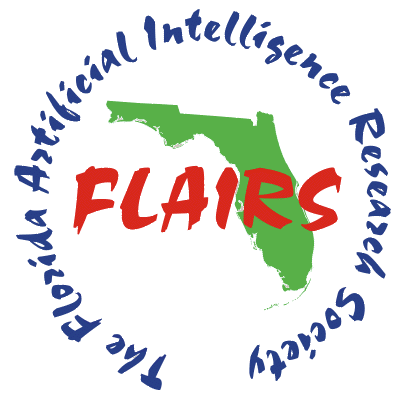Severe Weather Forecasting via the Sole Use of Satellite Data
DOI:
https://doi.org/10.32473/flairs.37.1.135558Palabras clave:
machine learning, meteorology, severe weather, data mining, weather forecasting, weather prediction, forecasting, nowcasting, satellite telemetry, satellite data, atmospheric motion vectors, atmosphere, MS-LSTM, MS-RNN, ConvLSTM, climate, climatology, climate change, satellite image time seriesResumen
The forecasting of (severe) weather/climate systems using satellite telemetry and Machine Learning (ML) is generally held back by the size and availability of the pertaining datasets. This research outlines a newly devised pipeline for the automated construction of concise datasets designed to convert computationally expensive raw data from a netCDF4 database into a simpler format, with the end goal of future use in severe weather forecasting via the sole use of satellite data as an alternative to more conventional, expensive and localized means. By representing components of the dataset as int8 RGB(A) values of PNG images, data can be spatially related in a concise, consistent and visualizable manner that significantly reduces dataset size relative to the size of the raw dataset. This method is used on Atmospheric Motion Vectors (AMVs) derived from multispectral satellite telemetry via Optical flow Code for Tracking, Atmospheric motion vector, and Nowcasting Experiments (OCTANE) in the construction of a dataset capable of use in prediction of future movements of clouds.
Descargas
Publicado
Cómo citar
Número
Sección
Licencia
Derechos de autor 2024 Brianna D'Urso, Sheikh Rabiul Islam, Kamruzzaman Sarker, Ingrid Russell

Esta obra está bajo una licencia internacional Creative Commons Atribución-NoComercial 4.0.


